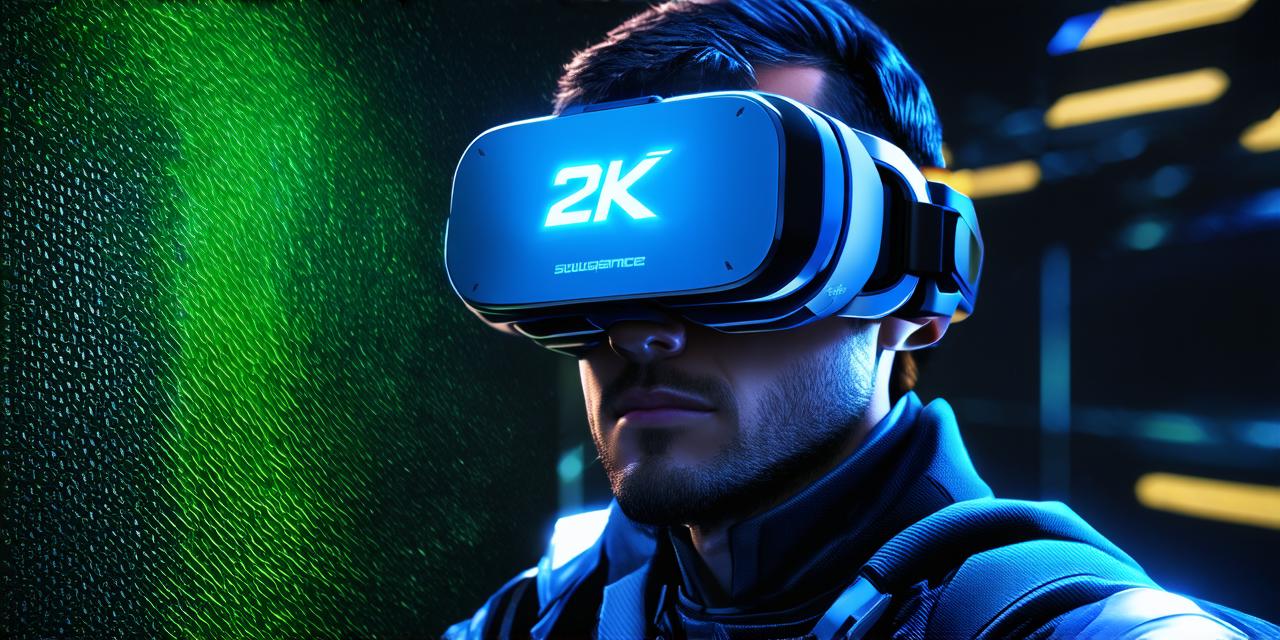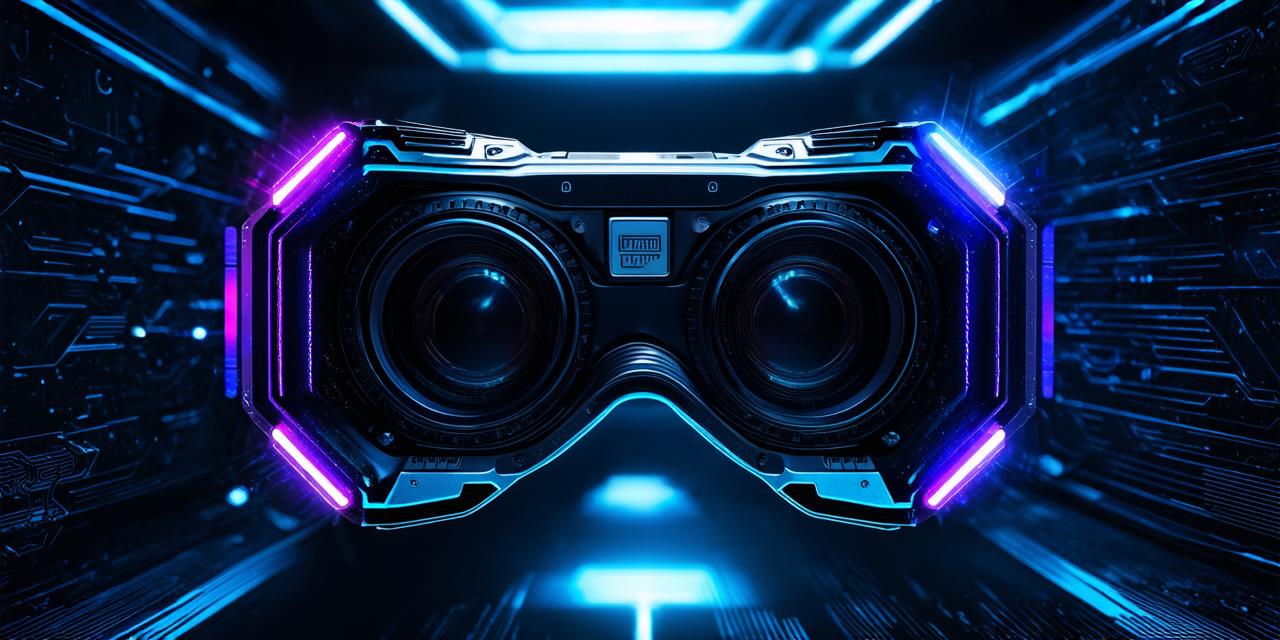Virtual reality (VR) technology has come a long way since its inception in the 1960s. With advancements in computing power, display technology, and motion tracking, VR is now a viable and increasingly popular form of entertainment and immersion. However, achieving genuine virtual reality – that is, a fully immersive experience that feels as natural as being in the real world – still presents many challenges. In this article, we will explore how close we are to achieving genuine virtual reality, and what obstacles remain.
Display Technology
One of the biggest barriers to achieving genuine virtual reality is display technology. Currently, most VR headsets use displays with limited resolution and a small field of view, which can lead to motion sickness and discomfort. To achieve true immersion, we need displays that are high-resolution, wide-angle, and capable of rendering complex graphics in real time.
There have been some recent advancements in display technology, such as the development of OLED displays, which offer higher resolution and wider viewing angles than traditional LCD displays. Additionally, some VR headsets, such as the HTC Vive Pro Eye, now feature high-resolution displays with a field of view of 120 degrees.
Motion Tracking

Another major obstacle to achieving genuine virtual reality is motion tracking. Currently, most VR systems use sensors and cameras to track movement, but this technology can be unreliable and prone to errors. This can lead to disorientation and a lack of immersion in the virtual environment.
To achieve true immersion, we need motion tracking that is accurate, reliable, and seamless. This requires advances in computer vision, machine learning, and other fields. There have been some recent breakthroughs in motion tracking technology, such as the development of haptic feedback systems that can simulate the sensation of touch in virtual reality.
Human Factors
Finally, achieving genuine virtual reality requires addressing human factors, such as perception and cognition. Currently, our brains are wired to process sensory information from the real world, and this can make it difficult to fully immerse ourselves in a virtual environment. To achieve true immersion, we need to develop technologies that can bypass these cognitive biases and allow us to experience virtual reality as if it were the real world.
There have been some recent advancements in this area, such as the development of brain-computer interfaces (BCIs) that can read and manipulate brain signals. However, these advancements are still in their early stages, and much work remains to be done before we can achieve genuine virtual reality.
Summary
In conclusion, while we have made significant progress in VR technology, achieving genuine virtual reality still presents many challenges. We need advances in display technology, motion tracking, and human factors to fully overcome these obstacles. While it is difficult to predict exactly when we will achieve genuine virtual reality, it is clear that this technology has the potential to revolutionize the way we experience and interact with the world around us.



